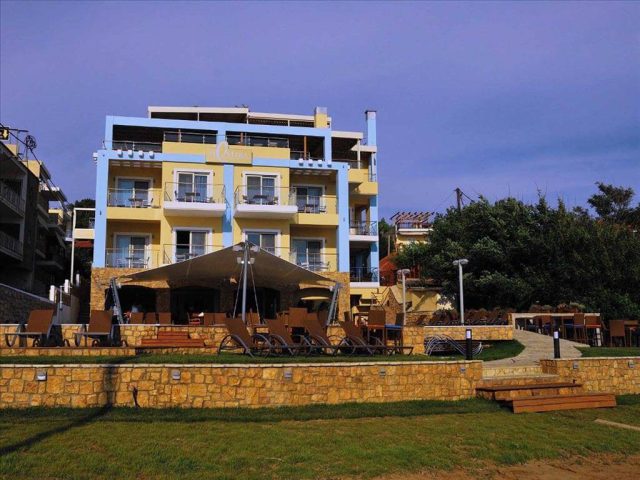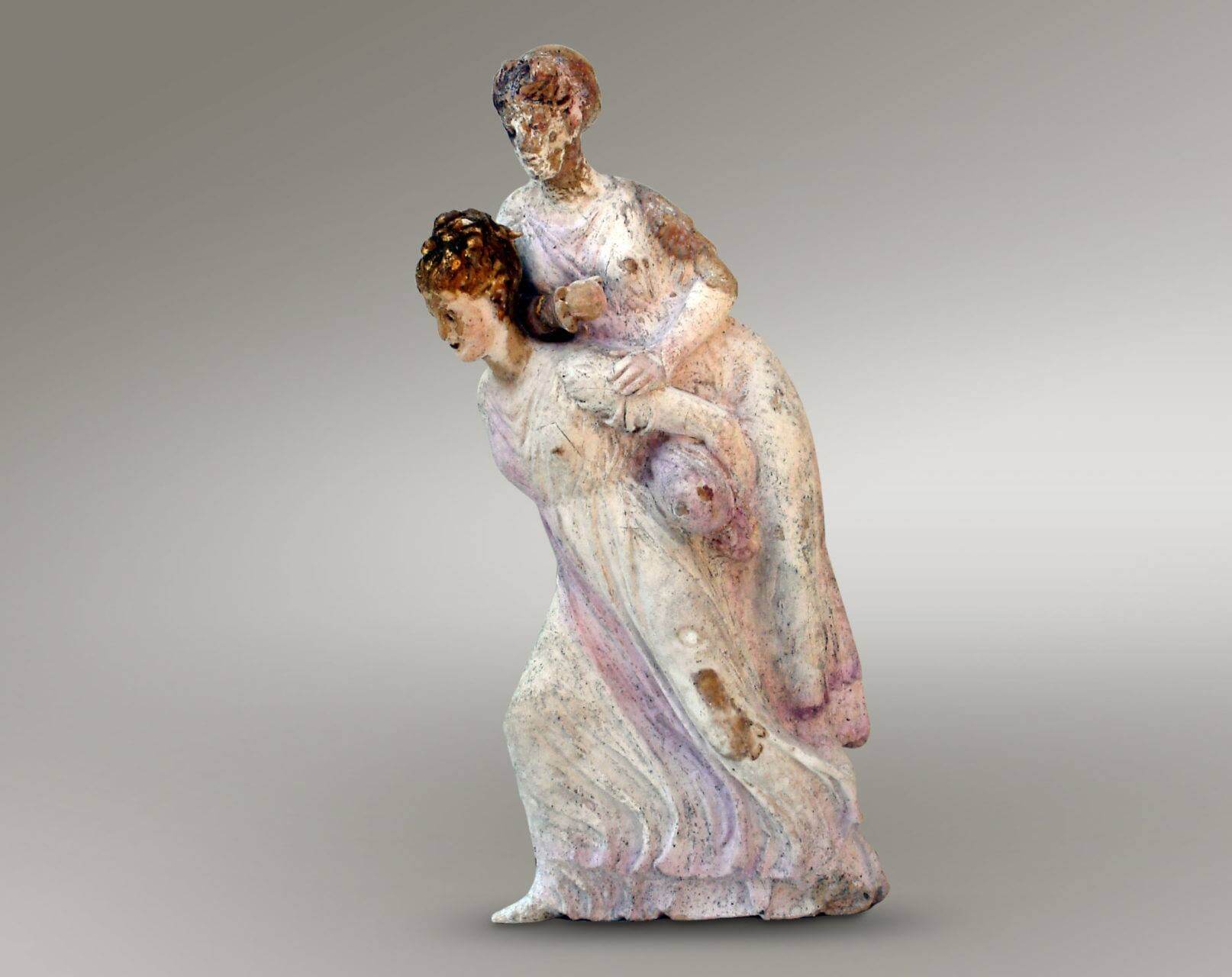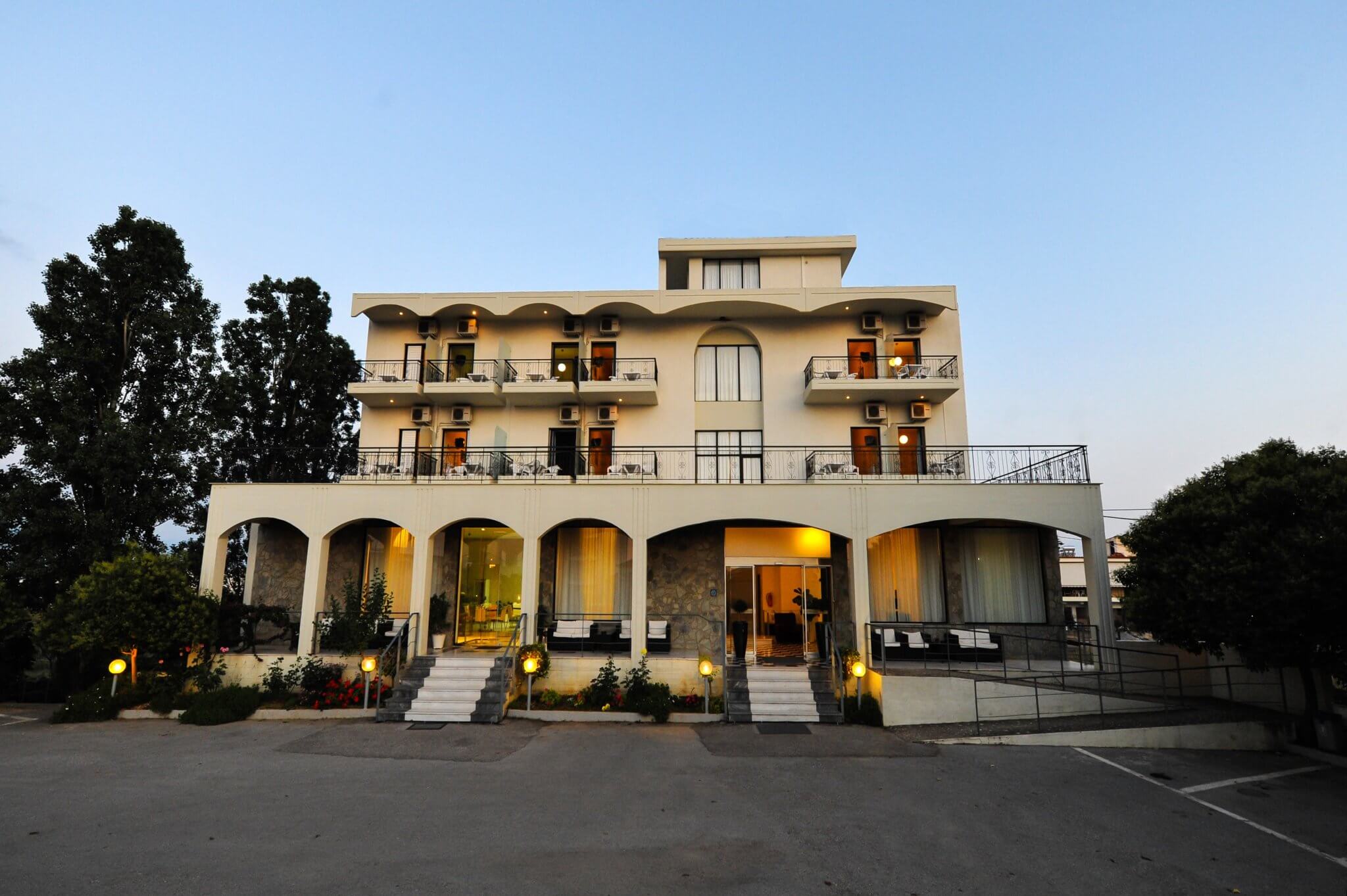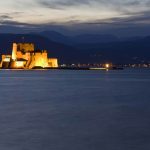Located on the slopes of Ziria Mountains, at an altitude of 1,150 metres, the stone-built Varnevo Guesthouse offers traditional accommodation with a fireplace, in Ano Trikala village. It has a café-bar with Swarovski chandeliers and a furnished stone-paved courtyard with views of the Corinthian Gulf.
The hostel rooms – three doubles, one double suite and a triple suite – erected with respect to the traditional architecture without compromising on aesthetics to satisfy the most demanding visitor. With antiques dating from 1880, with original furniture of the decades of 50 and 60, with chandeliers swarovski crystals, travel through time and history of the place with luxury and comfort.
Featuring a balcony with sea and mountain views, all rooms and suites at Varnevo Guesthouse come with19th-century antiques, and furniture which date back to the ‘50s. Each unit has a living area, LCD TV and safe. Slippers and toiletries are also offered for extra comfort.
At Varnevo café-bar, guests are served breakfast with homemade specialities while enjoying the views. Handmade liqueurs and local sweets are also served throughout the day. BBQ facilities are available in the garden.
At the cafe-bar enjoy breakfast, coffee or a drink and sample authentic home-made dishes. You will also find tasteful souvenirs, handmade liqueurs and sweets to accompany the memories of your trip.
Mount Killini or Ziria near Trikala Corinthia is the second highest of the Peloponnese, the Tall Top of touching the 2.376m. The visitor crosses the impressive forest of pines and fir, will come to the alpine plateau.
The vegetation is bushy and dominate “kylloi” formations, smooth hills and hollows, which probably gave its name to the mountain. Here lies the Dasiou pond filled with rainwater, often freezes in winter and dries up in summer.
Myths want Killini home seven Pleiades, daughters of Atlas and Pleione Oceanis. One of them, Maia gave birth to Hermes cave located at 1.700m. According to Pausanias there was a temple dedicated to the messenger of the gods and traces of them may be still seen on the hill Aipyto the plateau.
























